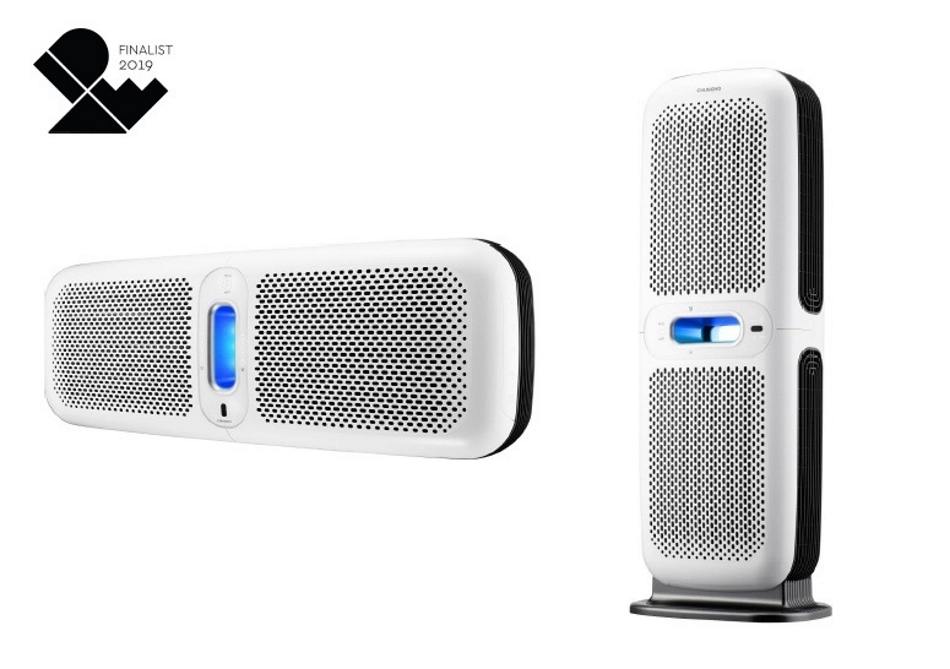
HEPA filter stands for High-Efficiency Particulate Air filter while a ULPA filter is an Ultra Low Particulate Air filter.
HEPA and ULPA air filters keep dust and other contaminants from landing on surfaces in the clean room. While similar in many ways, there are some fundamental differences that make choosing the right filter an important decision.
If you work in a clean room, you already know the importance of keeping it free of contaminants. Escaped dirt and other particles can lead to big problems down the road including equipment failure and or product contamination.
Let’s learn about the key differences between a HEPA and a ULPA filter.
Size of Particulates Trapped
HEPA and ULPA filters are categorized by their minimum collection efficiency rating which is ultimately determined by a variety of international standards and classifications.
The following illustrates the difference in collection efficiency between HEPA and ULPA filters:
– HEPA: 99.97% efficiency for the removal of 0.3 µm diameter or larger PM (submicron particulate matter)
– ULPA: 99.9995% efficiency for the removal of 0.12 µm diameter or larger PM (submicron particulate matter)
Both filters are ideal for trapping and removing submicron particulate matter, but ULPA filters have a slight edge over HEPA filters in terms of being able to trap smaller particles.
This may not seem like much of a difference, but for the need for clean rooms, it’s a big difference. Filters use three main ways of trapping particles: interception, inertial impaction, and diffusion. Larger particles of .4 microns or larger are easily trapped by both filters via inertial impaction.
Particles smaller than .1 microns are trapped via diffusion, but it’s difficult to effectively trap particles between these two sizes and this is where efficiency drops for HEPA filters. Particles between those sizes are too big for diffusion entrapment and smaller than those affected by inertial impaction.
Scientists designed ULPA filters to trap particles in this range specifically and thus have a higher efficiency rating overall than HEPA filters

How HEPA and ULPA Air Filters Work
Air duct heating and cooling systems naturally collect dust and debris. Even with regular cleaning, clean rooms can’t afford dust escaping onto electronic parts, etc. HEPA and ULPA filters work in a similar fashion as filters used in furnaces and AC units, just much more efficient at trapping contaminants.
High-efficiency particulate air filters and ultra-low particulate air filters use a layering of dense fibres to create a latticework that is able to trap particles, yet allow for airflow through the material. They are often used in clean rooms to keep electronics safe and keep pathogens such as bacteria from entering.



